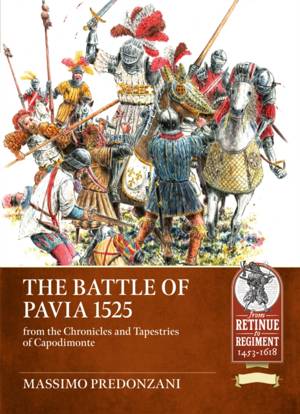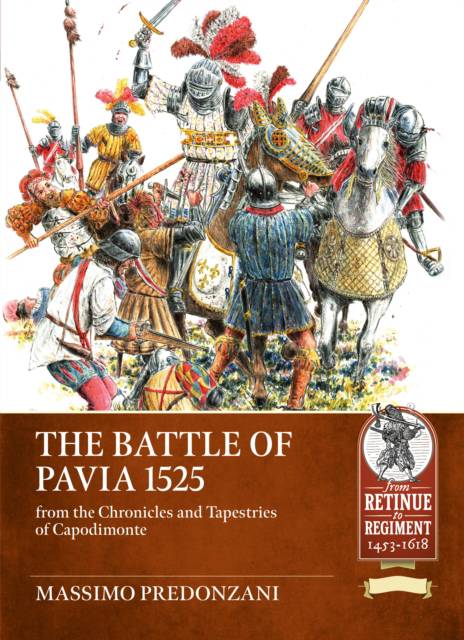
- Retrait gratuit dans votre magasin Club
- 7.000.000 titres dans notre catalogue
- Payer en toute sécurité
- Toujours un magasin près de chez vous
- Retrait gratuit dans votre magasin Club
- 7.000.0000 titres dans notre catalogue
- Payer en toute sécurité
- Toujours un magasin près de chez vous
34,95 €
+ 69 points
Description
Five centuries have passed since the famed Battle of Pavia, one of the most significant battles in history. This clash marked the culmination of the so-called 'Italian Wars', which raged between European states for nearly 40 years across Italy. At Pavia, the dominance of heavy cavalry on the battlefield succumbed to professional infantry. The lanzichenecchi pikemen vanquished their Swiss adversaries and massacred the Germans of the black band in the pay of the French. However, the credit for the victory belongs to the Spanish arquebusiers, expertly commanded by the Marquis of Pescara. The fire from their weapons obliterated the elite of the French gendarmerie, contributing to the capture of King François.
The Battle of Pavia 1525 is Massimo Predonzani's second book on the battle. It not only updates the previous work but also completes it with a detailed description of the siege of the city, utilising the writings of chroniclers who were present during the siege. For the battle, however, the analysis of the Capodimonte tapestries was vital, as they provide the most accurate iconographies of the historical event. Their images were compared with the accounts of contemporary Italian, Spanish, German, and French chroniclers, as well as with the reports of individuals who participated in the siege and the battle. Through this comparison, Predonzani identified the individuals depicted in the tapestries and their heraldry. The text is accompanied by well-researched colour plates, images, photographs, and campaign maps.
The Battle of Pavia 1525 is Massimo Predonzani's second book on the battle. It not only updates the previous work but also completes it with a detailed description of the siege of the city, utilising the writings of chroniclers who were present during the siege. For the battle, however, the analysis of the Capodimonte tapestries was vital, as they provide the most accurate iconographies of the historical event. Their images were compared with the accounts of contemporary Italian, Spanish, German, and French chroniclers, as well as with the reports of individuals who participated in the siege and the battle. Through this comparison, Predonzani identified the individuals depicted in the tapestries and their heraldry. The text is accompanied by well-researched colour plates, images, photographs, and campaign maps.
Spécifications
Parties prenantes
- Auteur(s) :
- Editeur:
Contenu
- Nombre de pages :
- 156
- Langue:
- Anglais
- Collection :
Caractéristiques
- EAN:
- 9781804518342
- Date de parution :
- 30-11-25
- Format:
- Livre broché
- Format numérique:
- Trade paperback (VS)
- Dimensions :
- 180 mm x 249 mm

Les avis
Nous publions uniquement les avis qui respectent les conditions requises. Consultez nos conditions pour les avis.






